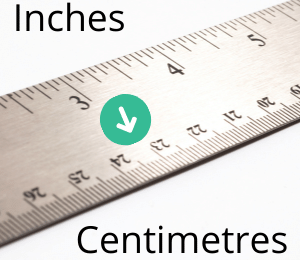When writing a scholarly research project, you are required to let the reader know what the topic is about, research done in the past, and gaps that exist, necessitating your paper. A literature review is where you quote all your sources and expound just enough on what they have tackled. You will then conclude that even though they have done well in those areas, there are parts that could use more research, which is where your project comes in. You will also introduce the topic briefly.
There are five main steps leading to a successful literature review, namely:
- Searching for relevant studies for sources
- Evaluating these sources
- Identifying themes and gaps for your review
- Outlining the structure
- Writing the actual review
Why Write a Literature Review?
This piece of scholarly writing shows the reader your understanding of the subject matter. It also establishes the extent of similar studies done in the past. Since it forms an integral part of a thesis or academic paper, you want to extra careful with this review, even seeking help from services that offer them. Searching write my literature review for me will return websites run by professionals whose work is primarily these services. With the review well done and out of the way, you can spend the extra time researching similar projects.
Search Relevant Projects
At this point, you will raise a question that can be answered using only existing information from published literature. The research question you ask will show your focus for the study, where you will search keywords to help find information online. You will then search sources to back your information up from trusted platforms such as Google Scholar, Project Muse, JSTOR, Medline, and EconLit, among others and depending on your specific topic. One tip that helps you narrow down your resources is the number of times a source is cited in other sources. The more other scholars cite it, the more reliable a study is.
Select your Sources
There are always too many sources for any topic unless you are working on an entirely unexplored subject, and so you will need to evaluate your sources. You cannot use everything you have gathered, so it helps put together those you will take to the next step. You will look at the questions raised, how data was collected, whether the answers were conclusive, the contributions this research made in the field of study, and the strengths and weaknesses of those studies.

When evaluating the sources to use, you want one that has been cited several times on Google Scholar. You also want to remember that the more recent studies are revised and more accurate in sciences, whereas humanities can quote studies done a long time ago and still be accurate. At this point, you want to note down all the sources with proper citation to avoid plagiarism. An annotated bibliography will help you arrange your sources in the required style – mainly APA style and MLA.
Themes and Gaps
You have collected and evaluated your sources, and so now, you’ll need to establish ties between the selected studies. Looking at trends will help you evaluate the relevance of some of the studies over time while questions and concepts recurring along as you study will outline themes. You will also look for contradictions in the studies and finally, gaps. When you establish where the previous publications fail, you will explain to the reader why you are doing your own; mainly to address these gaps. Without them, the study is irrelevant.
Outline your Structure
With all the relevant sources outlined and the reason for the study identified, now is the time to structure your review. You could choose to outline matters chronologically where you are simply arranging events as they happen. You want to be careful not to just state a study in this case by taking into account specific debates per each that stood out.
A thematic approach is where you look for central themes and address them conclusively. If a study is on the discrimination of immigrants, you could look at healthcare, language barriers, legal matters, cultural attitudes, and their economic access. If you choose the theoretical approach, outline how theories and models have impacted a matter. A literature review is considered the foundation for a theoretical framework.
Write the Review
The introduction should be clear about the study and the main question the research addresses. For a dissertation, you want to reiterate the research question and summarize it in a scholarly manner. You also want to mention the timeliness of the study. For a stand-alone paper, you want to give a background of the study, its importance, and relevance to the reader at that time.
You may choose to separate the time, methodologies, and various sections into subheadings to make it more readable. The review isn’t long as it mostly summarizes the upcoming study that you will explain in detail in the rest of the document.
Edit for Mistakes
Once you have entered all the research results and done a conclusive write-up, you can now edit it for mistakes to make it ready for presentation. The key to ending a scholarly paper properly is ensuring the material used as a source is ideally cited and everything presented in a professional manner.
MORE FOR YOU:
Querer Conditional Conjugation





